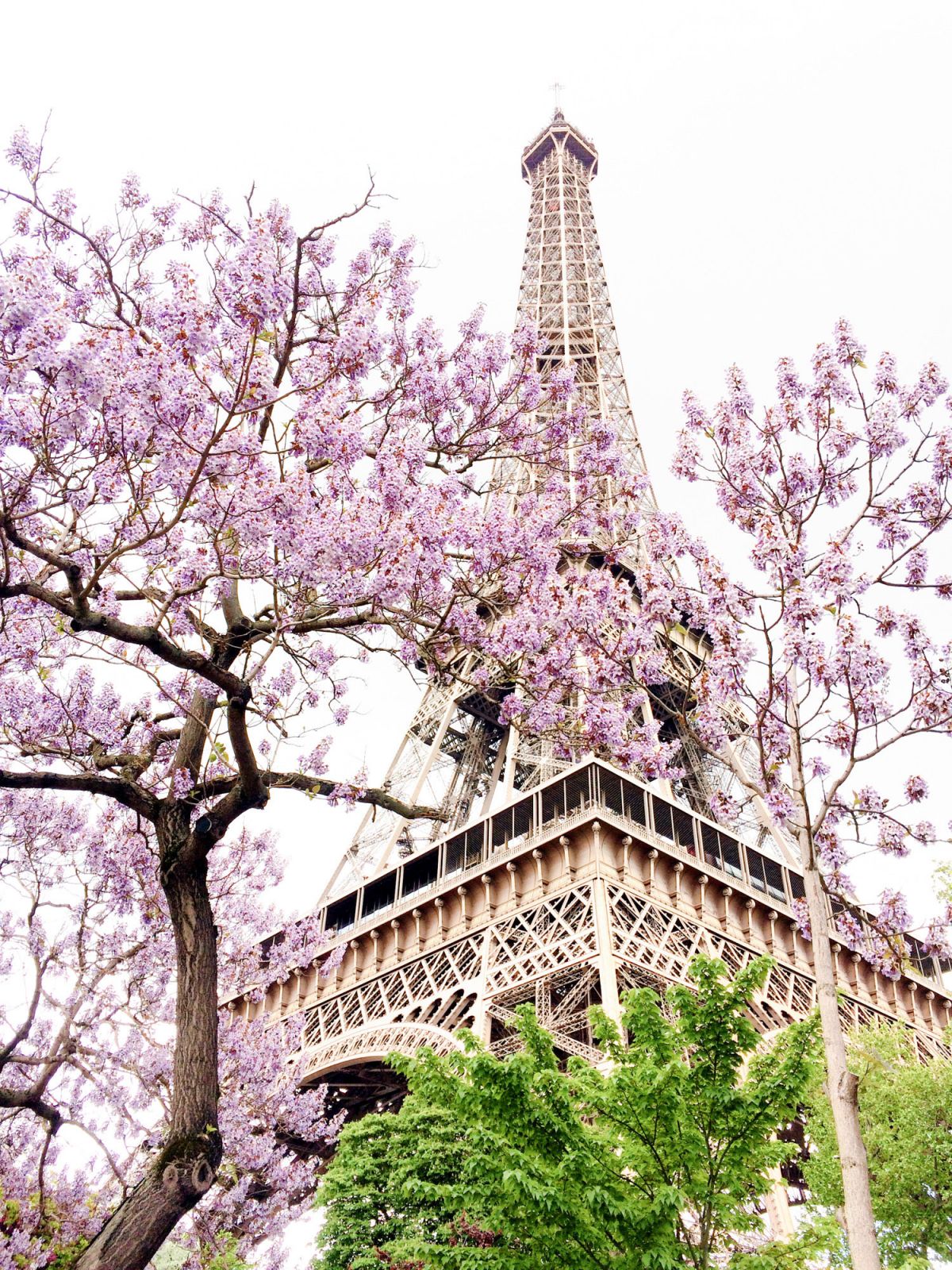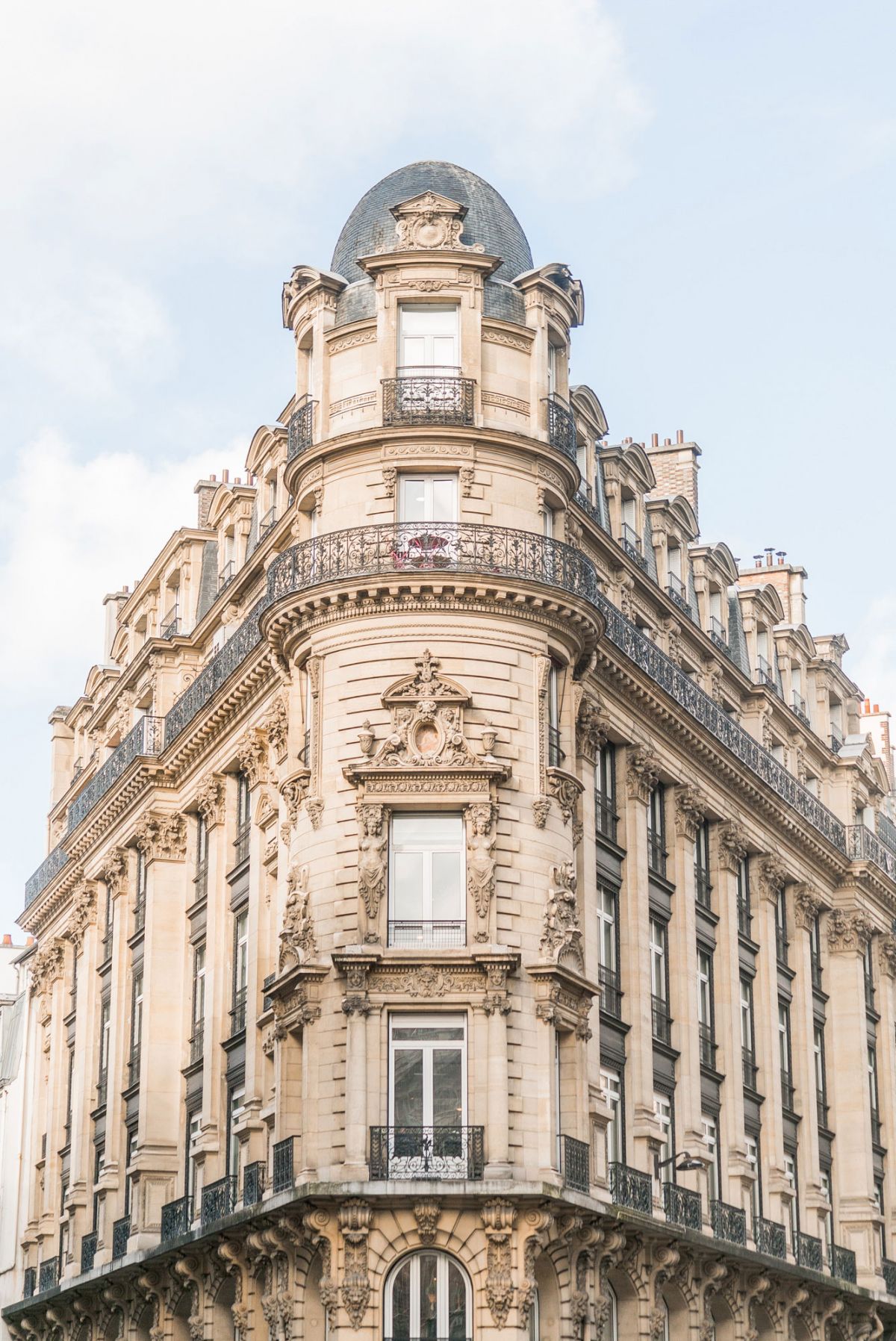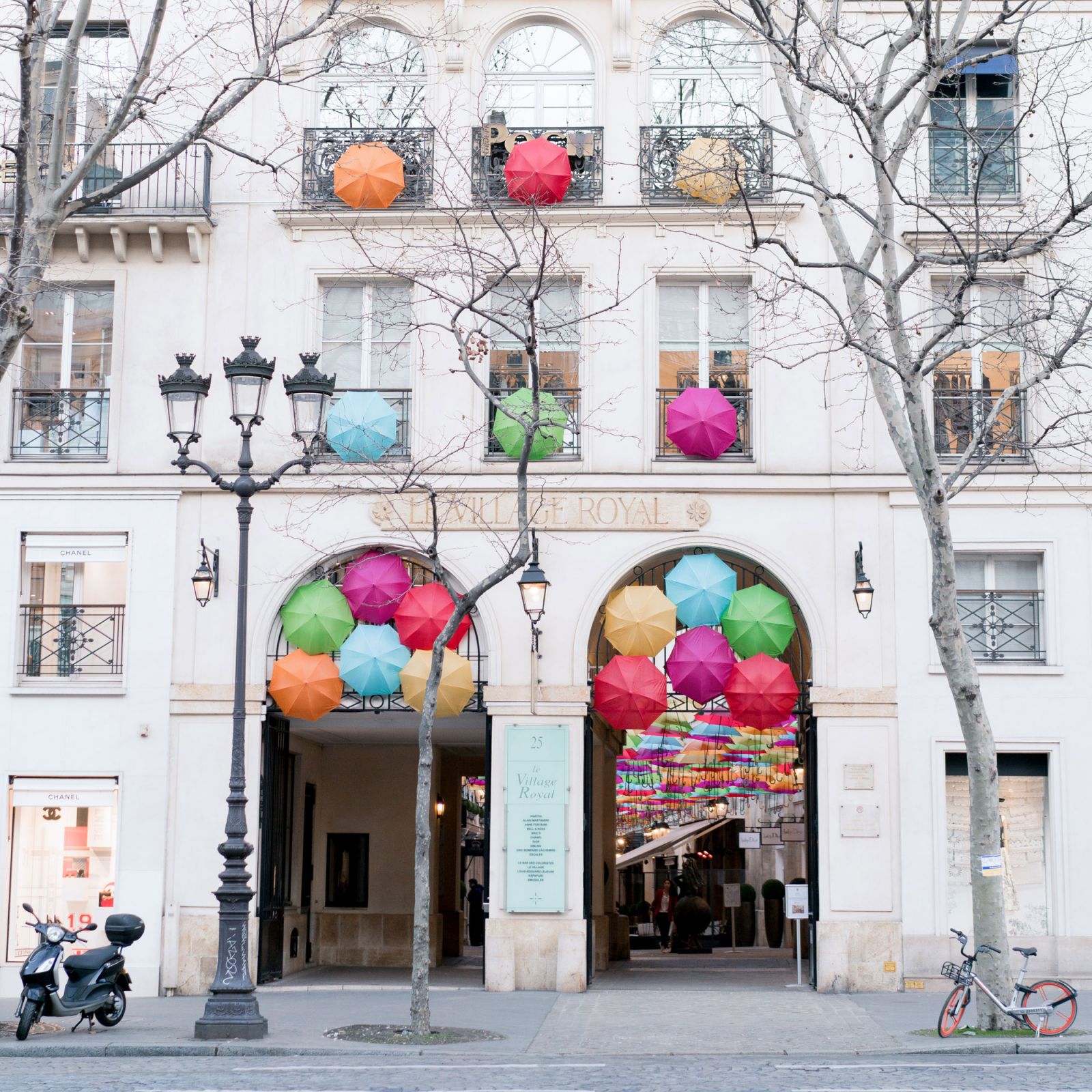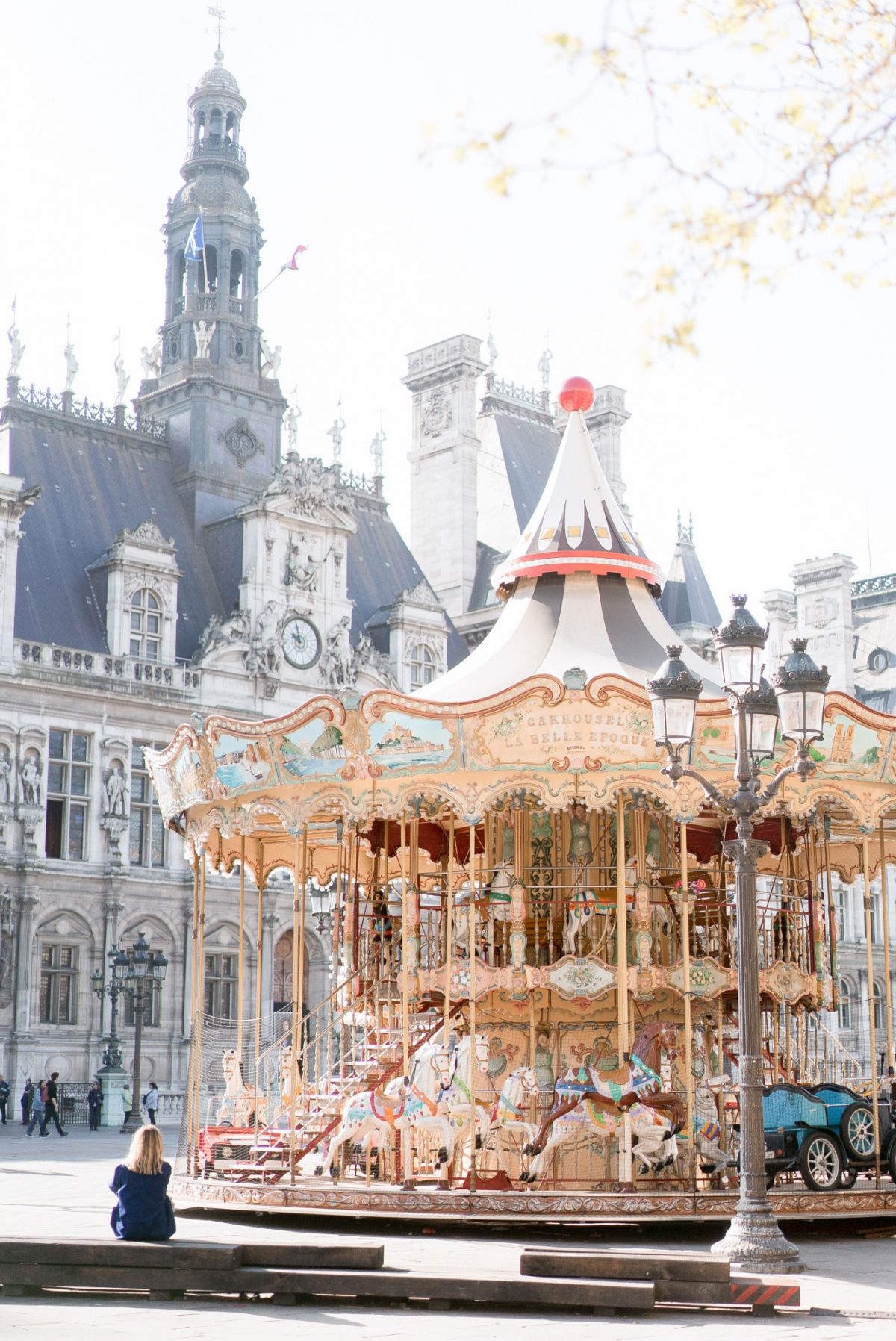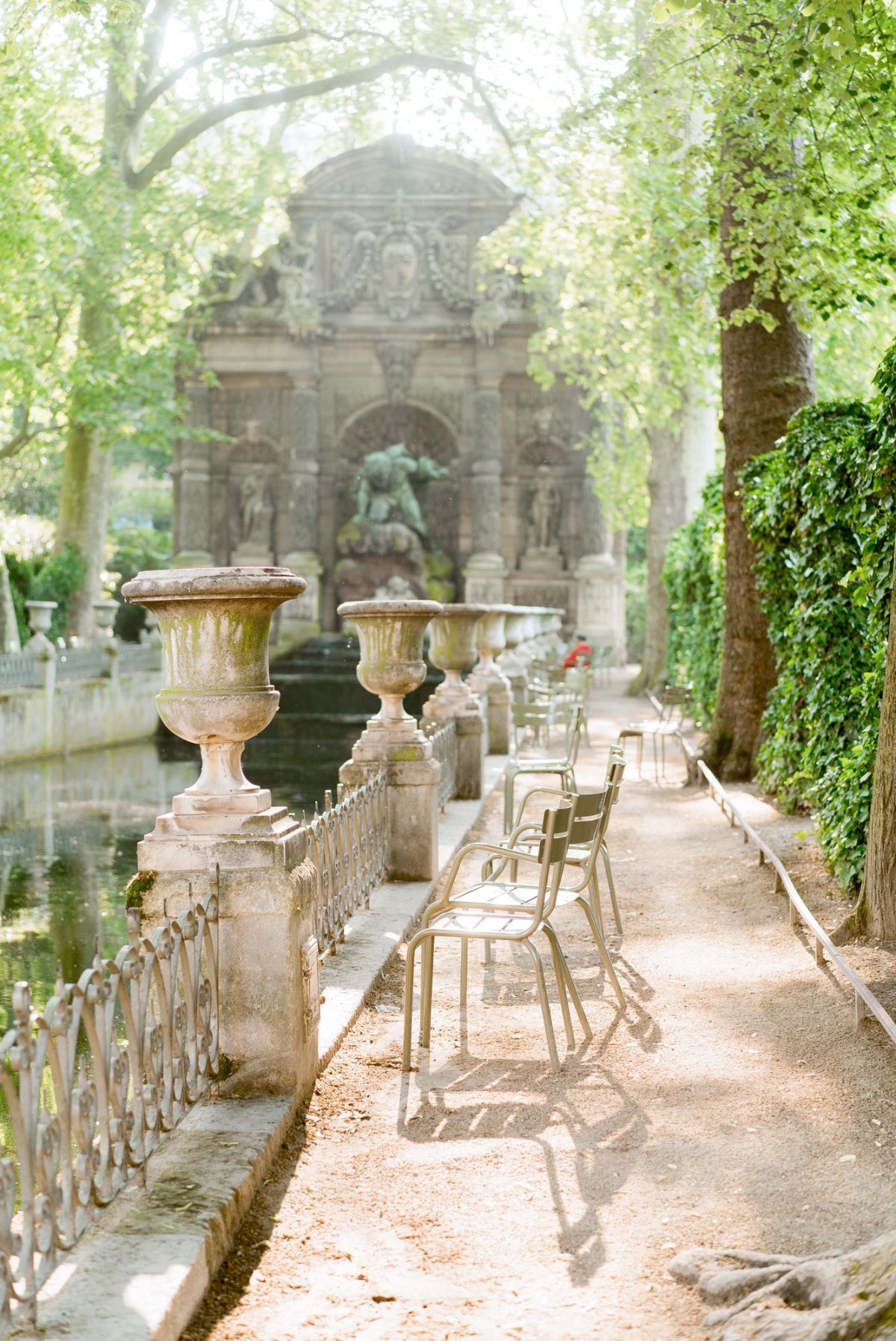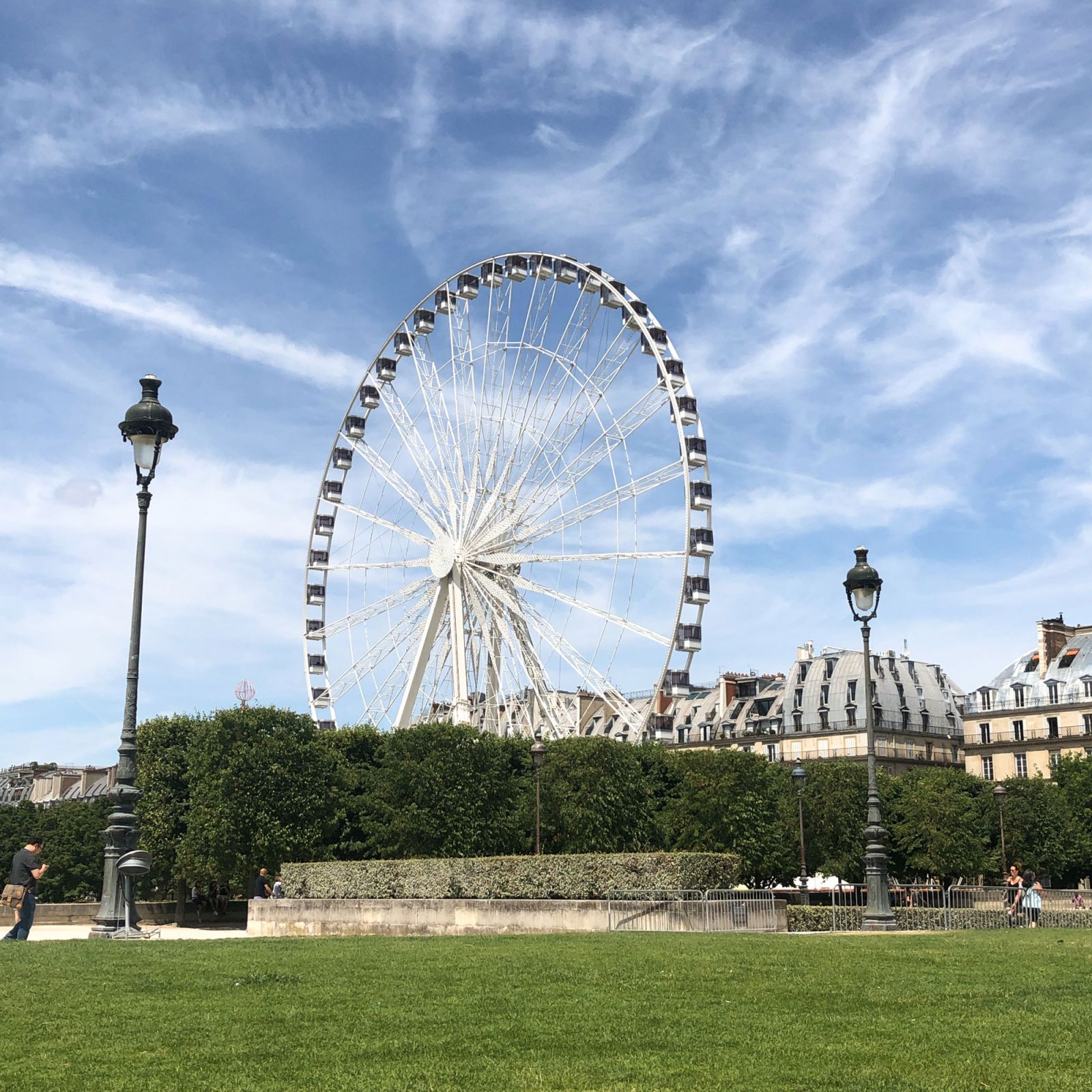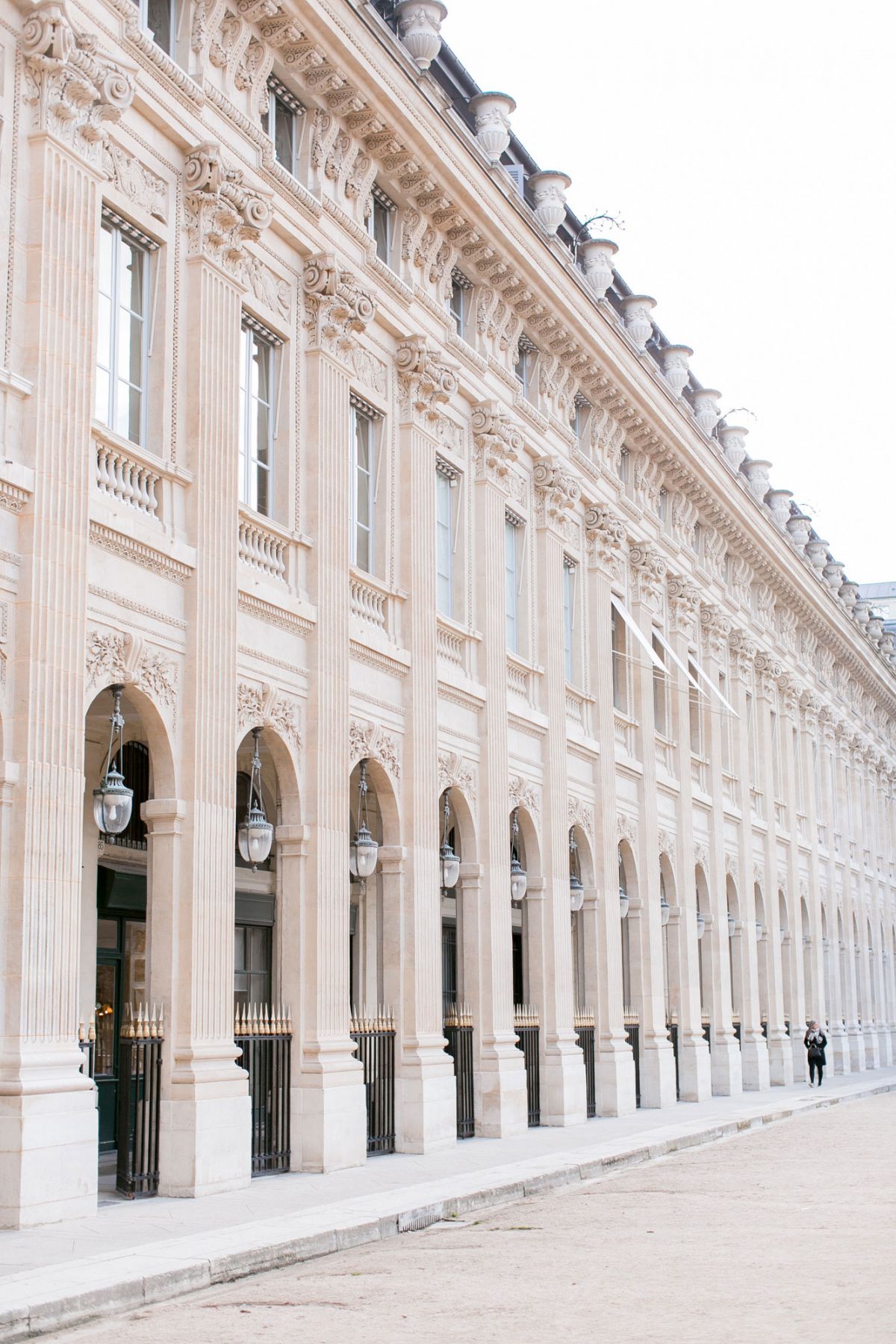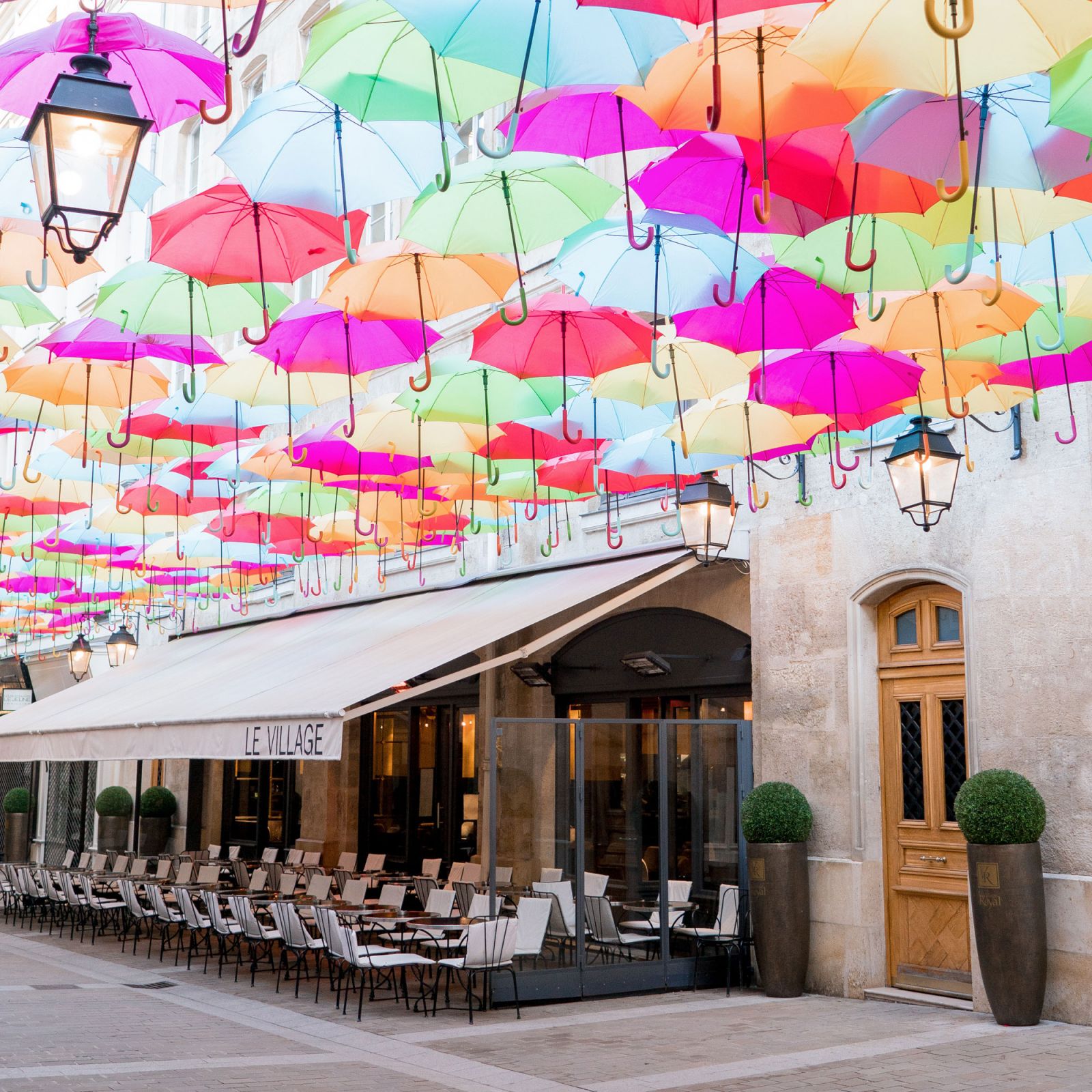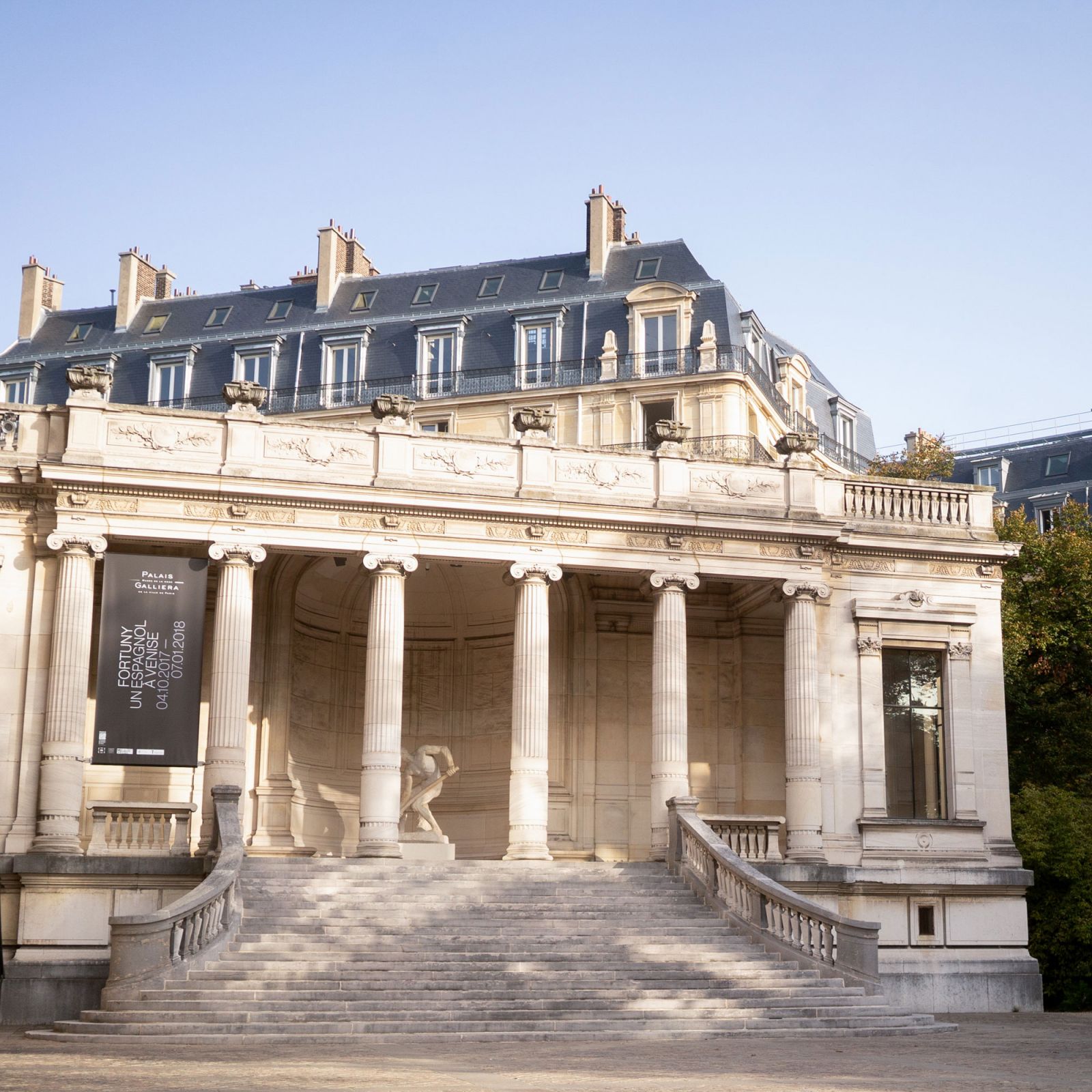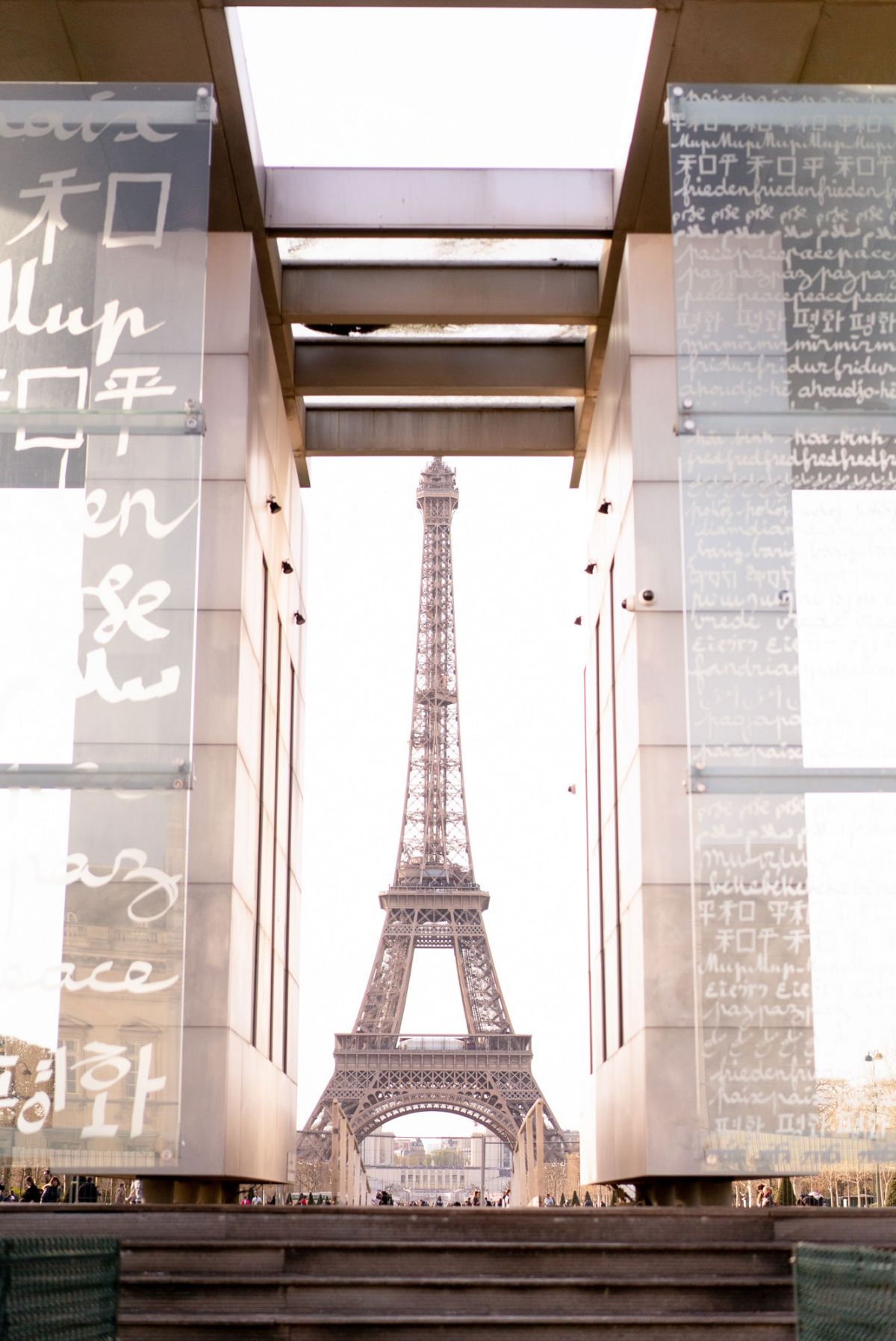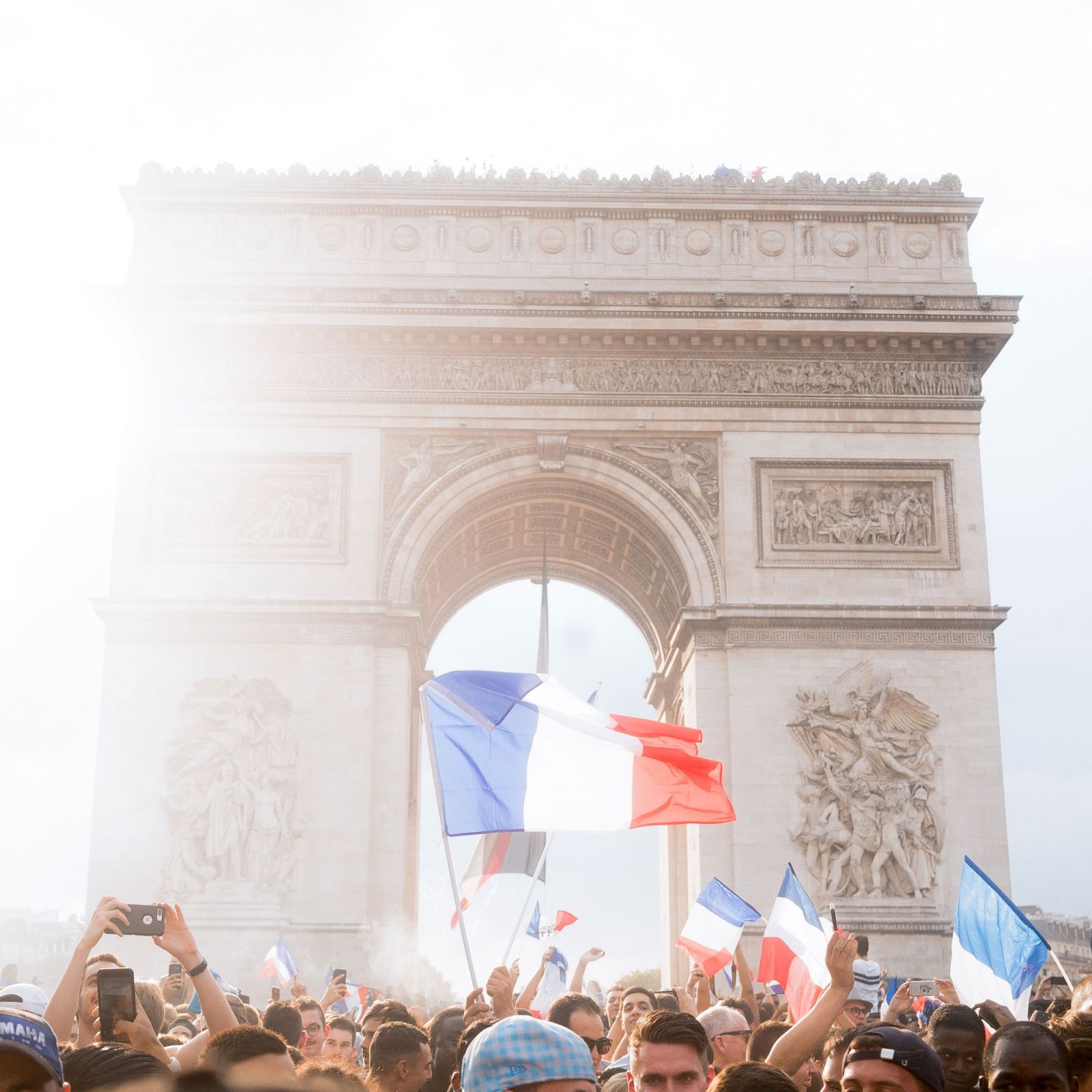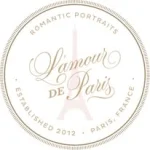
There may be no city whose attractions are more well known across the globe than Paris. From the striking glass pyramid of the Louvre to the swooping steel arches of the Eiffel Tower, the landmarks that dot the Paris city skyline are international symbols of romance, travel, and the European lifestyle. Even if you’re the type of person that normally avoids tourist traps, keep in mind that these uber-popular spots attract millions of visitors a year for a good reason, so force yourself to visit at least a couple of them during your stay. Here are some of the most loved and well-known of Paris’ hotspots.
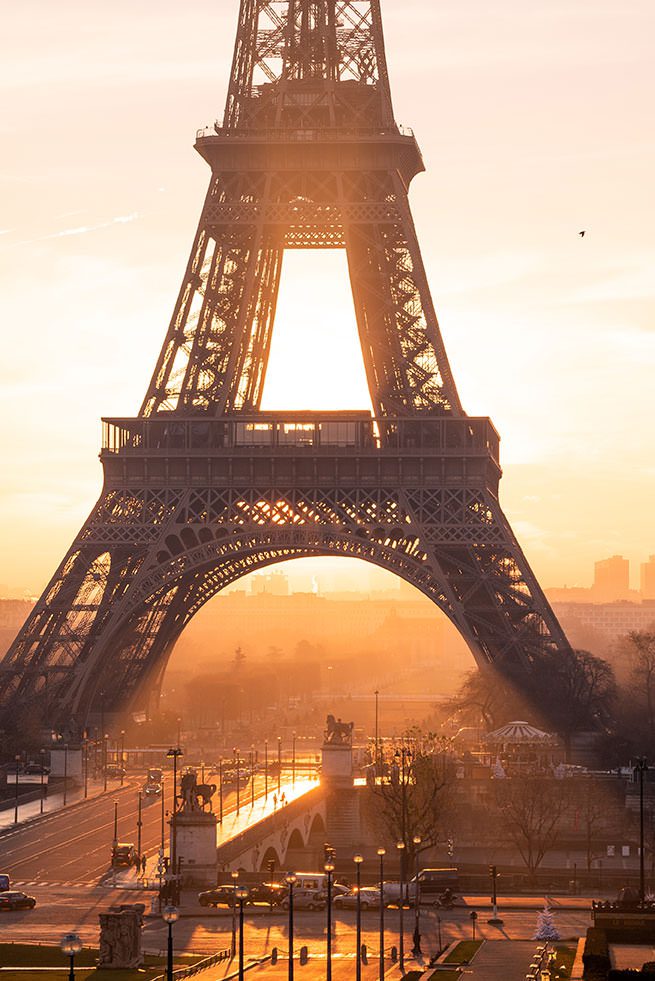
If you only visit one spot in Paris, this has to be it. La Tour Eiffel, as it’s known in French, has become the unparalleled symbol of love. Stunning by day and by night, this centerpiece of the city is a must-see on any trip to Paris (even if it’s your second, or third, or fourth trip to the City of Love). There are two sides to the Tower. On the southern bank (the side the tower actually sits on) is the Champs du Mars, a long garden with open spots of grass perfect for picnics, frisbee games, or bike rides. One the other side of the Seine is the Trocadero side, a long fountain and garden leading up to a huge staircase topped with a viewing platform where hundreds gather every day and night to see the Tower at its best. There are a number of food and drink vendors scattered along Trocadero and the Champs du Mars where you can get some hot chocolate, mulled wine, sweet crepes, hot dogs, or other treats. The Tower itself has three levels, accessible by stairs or elevator. The first floor has an exhibition explaining the building and history of the tower, the Madame Brasserie restaurant, and sometimes in the past , an ice-skating rink during the winter. The second floor has the main viewing platform as well as the Le Jules Verne gourmet restaurant, led by chef Frédéric Anton, a 3 Michelin star chef (stars earned at Pré Catalan).
The third floor (not for the faint of heart) has another viewing platform, an exhibition on Gustav Eiffel, and a champagne bar. The lines leading up to the tower are very long and sometimes slow-moving, so I strongly recommend visiting the Tower with a tour group or making a reservation online, which will allow you to skip the line. In my opinion, the best time and place to see the tower is just after sunset from the viewing platform in the center of Pont Bir Hakeim. From this vantage point, the Eiffel Tower looms over the Seine River, glowing warm and yellow in the midst of a deep blue sky, casting the most beautiful reflections onto the water. With the sky dark, the tower looks gorgeous no matter what the weather, and you’re more likely to get a quiet, intimate moment with your beloved here than at the crowded Trocadero or Champs de Mars.
Metro: Trocadero for the Trocadero viewing platform and fountains, Ecole Militaire for the Champs du Mars, or Bir Hakeim for the base of the tower.
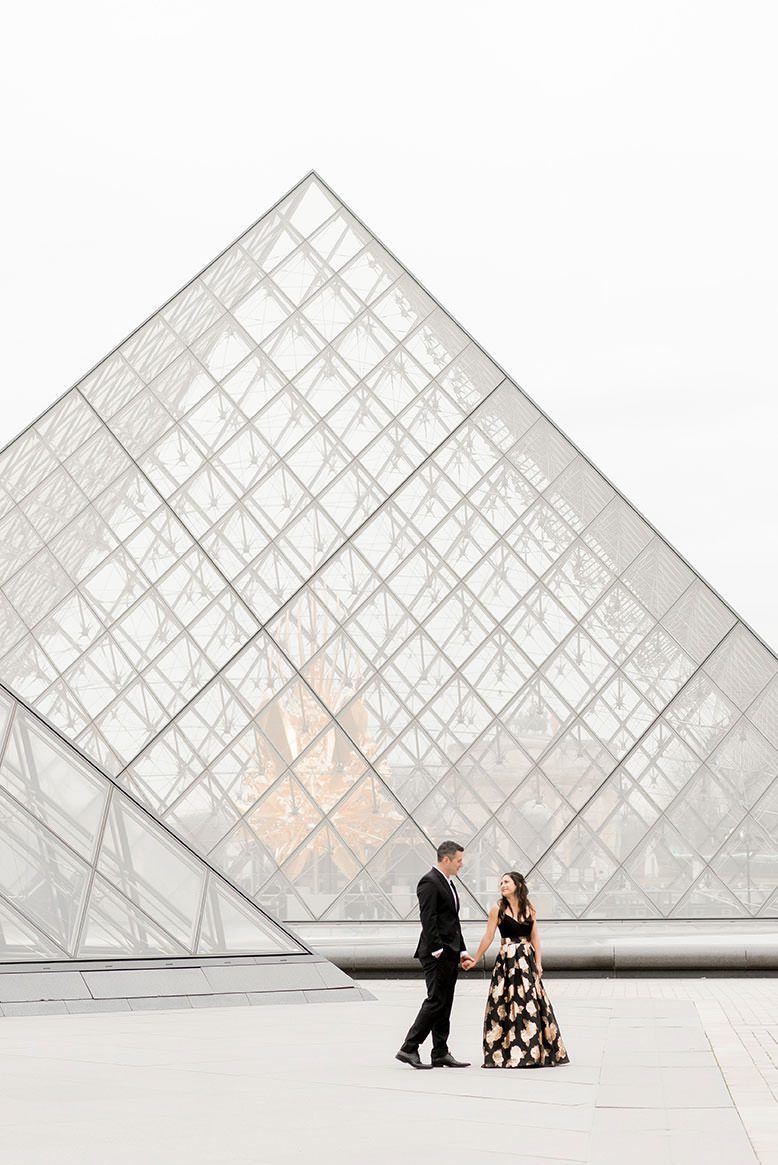
The mother of all museums. Home to such renowned pieces as the Venus de Milo, the Winged Victory, and the Mona Lisa. Even if you’re not traditionally an art lover, the sheer magnificence of the collection and the interior architecture is worth the price of admission alone. It’s also one of the few museums that allows photography throughout (with some rare exceptions), and trust me, you’ll want to take photos! If you’re still unsure, you can catch a sneak peek of the sculpture gallery through a large glass window in the arched hallway just outside the Palais Royal metro stop, and that just might change your mind. Even if you don’t go inside, make sure you set aside some time to see the outside of the Louvre, especially the glass pyramid in the main courtyard. At dusk it’s my favorite place in the city, and in my opinion the most beautiful. If the thought of the Louvre’s massive collection is overwhelming, try the acclaimed Musee D’Orsay a few blocks away for a similar but smaller collection set in a renovated train station.
Metro: Tuileries for the Tuileries gardens, Palais Royal-Musee du Louvre for the main Louvre entrance and the Carousel du Louvre, Assemblée Nationale for the Musée D’Orsay

Notre Dame*
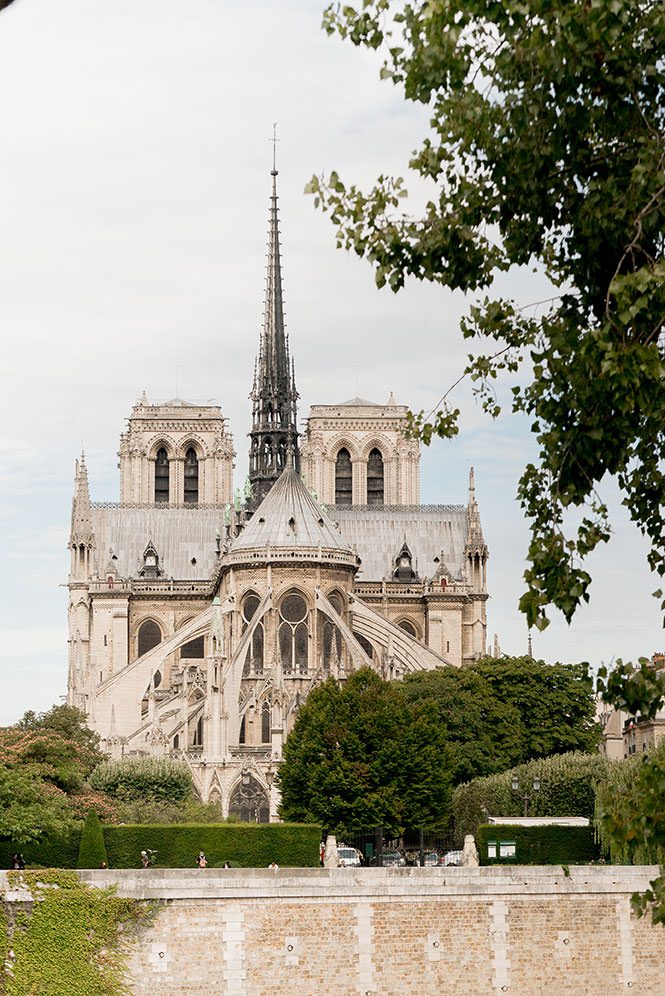
One of the largest and most well-known churches on the planet, Notre Dame is both a tourist attraction, an architectural masterpiece, and a religious mecca for Christians all over the world. The cathedral is free, and for a small fee you can visit the crypt, the tower, or the treasury, which allegedly houses the original crown of thorns as well as a nail and cross from the Crucifixion. Notre Dame has an important place in the history of Paris, particularly the French Revolution, so a tour guide here would be especially useful.
**Notre Dame is finally open after the devastating fire in 2019. You can get timed entry tickets for free on their website , or you can wait in line without tickets. The line moves quickly and when we arrived at 10am recently, it took 20 minutes of waiting. Well worth the wait!
Metro: Citè is the closest, but Saint Michel and Hotel de Ville are also nearby

This bohemian haven is the unofficial headquarters for artists in Paris, and the neighborhood reflects it. Set into a giant hill, the steep and winding streets of Montmartre are lined with tiny little galleries and artists’ studios. At the top of the Montmartre hill is the beautiful domed Sacre Coeur church which opens up into a massive staircase with sweeping views of the city. Many street artists and musicians perform on the steps for the lounging tourists, and in the summer there are even puppet shows for the children and entrepreneurial vendors offering cold beer and wine. Make sure not to miss Place du Tertre or Painter’s Square in English, a small square lined with working artists putting their pieces on display for sale. The artists are licensed and regulated by the city, and many of them offer payment by credit card (and some even offer shipping services), so don’t be afraid to invest in a piece if you love it. The back side of Montmartre has Paris’ last remaining vineyards and offers a quiet but beautiful stroll through old Paris. Follow the winding streets down the hill to the Pigalle area, Paris’ red light district. Though this are can be sketchy at night, it’s full enough of people and tourist traps to make it relatively safe as long as you stay on major roads. Pigalle is home to the famous Le Chat Noir bar and the windmill-topped Moulin Rouge , which is now home to an expensive but well-reviewed burlesque show that attracts hundreds of visitors every night. Some of the top bars and jazz/blue clubs in Paris are also in this area.
Metro: Anvers, then follow Rue de Steinkerque north to the Funiculaire shuttle which will take you to the top of the hill, or Blanche for the Moulin Rouge

Pont Des Arts
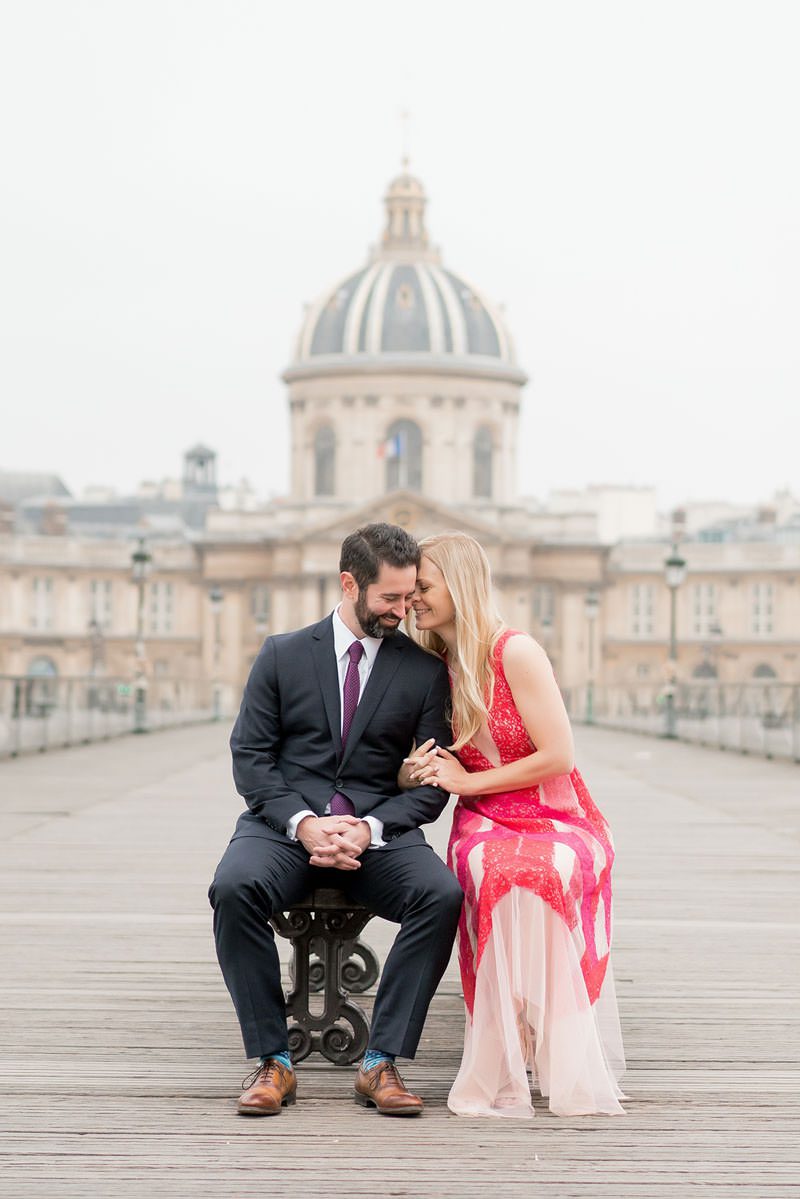
The famous bridge where lovers from all over the world once came to leave their padlocks and toss their key into the Seine. The locks were eventually banned and cut off the bridge because the weight of the locks was compromising the safety of the bridge. It’s still a lovely Parisian bridge though with a great view of the front of Notre Dame and the Île-de-la-Cité, the Seine, the Louvre, and the Eiffel Tower. The perfect spot for a proposal, a romantic kiss, or a casual walk along the riverbank.
Metro: Louvre-Rivoli

Saint-Germain-des-Prés
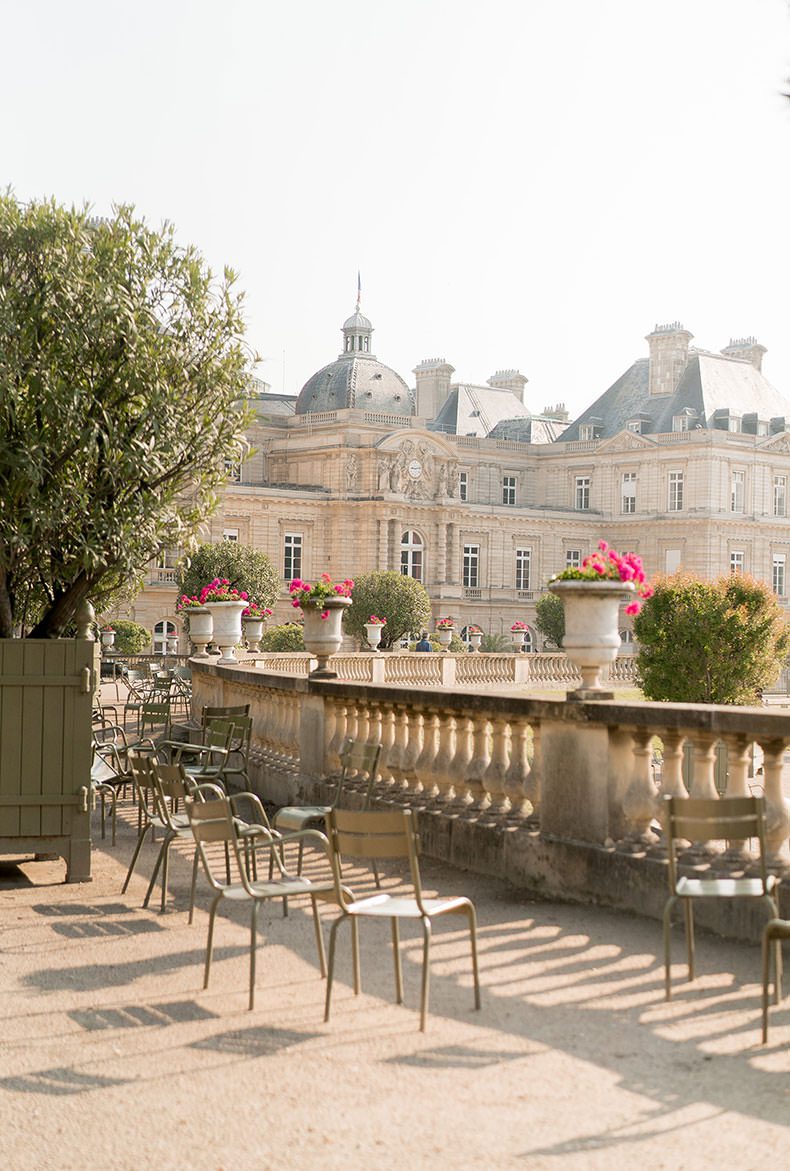
The trendiest neighborhood in Paris has been home to intellectuals and great thinkers for centuries, but lately it has also become the favorite haunt of celebrities like Gwyneth Paltrow and Natalie Portman. If you fell in love with the movie Midnight in Paris, most of the locations, characters, and events were lifted right off of the streets of Saint Germain. Have a drink at Hemingway’s favorite haunts Les Deux Magots and Café de Flore, feel intellectual as your stroll through the arched courtyard of the Sorbonne, be a Parisian for a day with a picnic in the Jardin du Luxembourg, pick up some gourmet groceries at the Marché Saint Germain, attend a classical chamber music concert at the 1500 year old Eglise St. Germain, and be sure to dine at one of the area’s many delicious gastronomic restaurants. If you prefer more of a relaxed style of vacation, this is a great area to spend a day or two just soaking in the local flavor (and you might see a few stars while you’re at it).
Metro: Odéon is my favorite for close access to the gardens, restaurants, and shopping, but there are several stops throughout this area, including Saint-Germain-des-Prés, Mabillon, Saint Sulpice, Luxembourg, Rennes, Saint-Placide, and Notre-Dame-des-Champs

Champs Elysees
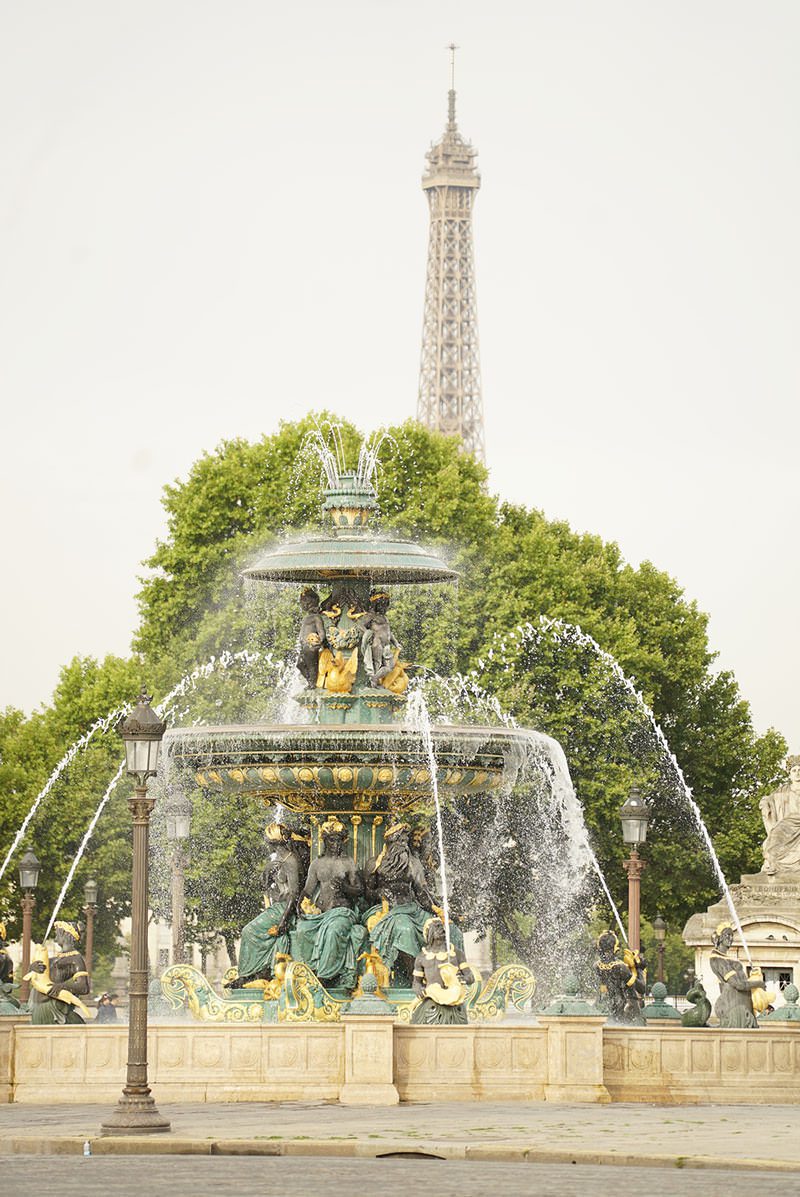
Paris’ most famous shopping street, home to the five-story flagship Louis Vuitton store, the beautifully gilded original Ladurée boutique, and block after block of shopping. Sadly this area has become extremely commercial, filled mostly with American chains. If you’re truly in the mood for shopping, you’ll find a better environment in Saint-Germain-des-Prés or on the Rue Saint Honoré and more convenient access to all your favorite designers at the Galeries Lafayette, but the Champs Elysees has a charm all its own. The street is buffeted at one end by the Arc de Triomphe and the other end by the busy Place de la Concorde (where Marie Antoinette and Louis XVI were beheaded at the height of the French Revolution). There are also a number of other landmarks scattered throughout, such as the Grand Palais, the Crazy Horse burlesque show , and the most beautiful bridge in Paris, Pont Alexandre III (and, should you need some guidance, the American Embassy and the American Cathedral).
Metro: Charles de Gaulle-Étoile, Franklin D Roosevelt or George V for shopping, Charles de Gaulle-Etoile for the Arc de Triomphe, Champs Elysees for the Grand Palais and Pont Alexandre III, Concorde for the Place de la Concorde

Le Marais

Once the favorite neighborhood for nobles and aristocracy, this district is now an odd melting pot of the Jewish and gay communities. These influences are most heavily felt on the small pedestrian road Rue de Rosiers, which is lined with Jewish bakeries and falafel stands (including the famous L’As du Falafel), and the hundreds of high-end boutiques and art galleries that occupy virtually every square inch of the Marais’ narrow cobblestoned streets. Near the center of the Marais is the Place des Vosges, a lovely and secluded park set into a square of red brick buildings with restaurants, museums, and art galleries nestled into the arched ground level. Many top restaurants are located in this area. The Marais is largely closed on Saturdays due to its Jewish influence, so it is best visited on Sundays, when it’s one of the only lively and active neighborhoods in the city.
Metro: Saint Paul and Bastille offer the closest access to Place des Vosges, but Rambuteau is the best option for the northern area of the Marais
Metro: Odéon is my favorite for close access to the gardens, restaurants, and shopping, but there are several stops throughout this area, including Saint-Germain-des-Prés, Mabillon, Saint Sulpice, Luxembourg, Rennes, Saint-Placide, and Notre-Dame-des-Champs

The royal palace, just outside the Paris city limits, has been home to some of France’s most infamous kings and queens, including the ill-fated Marie-Antoinette, who is responsible for much of the palace’s gardens, buildings, and decor. The splendor of Versailles is exceeded only by its incredible size: 721000 square feet, 2600 rooms, 1976 acres. Although it’s a short 30-minute train ride from Paris, you’ll want to set aside an entire day to see the whole property. There is a special tour offered only through the official Versailles ticket office that allows you to see the private kings’ apartments as well as the magnificent opera hall and chapel that is well worth the few extra Euro (and it allows you to skip the often long entrance line). When you’re done with the palace, I strongly recommend renting one of the on-site bicycles or golf carts available in the gardens, which will allow you to see all of the beautiful gardens as well as the Grand Trianon, Petit Trianon, and the Hamlet (country playhouse) of Marie Antoinette at your liesure (without killing your feet in the process). If you don’t get a bike or golf cart though, there are shuttles that will drop you around the main locations of the palace. During warmer months, you can even rent a rowboat on the main pond and enjoy the beautiful Parisian weather. There are a number of restaurants at the chateau and the gardens, or you can bring in your own supplies for a picnic, so take your time and make a day of it.
Metro: RER C Versailles-Rive Gauche (there are several trains that go to the city of Versailles, as well as the Porte de Versailles on the other side of town, so make sure to get on the correct train)


In a world where most images live on screens and are easily forgotten, we are on a mission to create lasting, physical representations of your most important moments. A beautifully curated album or a piece of wall art ensures that your memories are not just seen but felt, every time you look at them. Book your session with us now to start planning your Paris photography session!
Your Paris Photographers
in the City of Love
info@lamourdeparis.com




